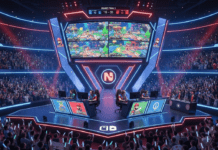An overheating computer is a nightmare for any user. This can cause slowdowns , crashes, or even permanent component damage. If you notice that your graphics card fans are not spinning , it is crucial to take immediate action to avoid any serious problems.
This article provides you with a complete guide to troubleshooting this issue and getting your graphics card back up and running. We'll cover the most common causes of failing graphics card fans, as well as step-by-step solutions to fix them.
Understand the problem
Graphics card fans play a crucial role in maintaining a safe operating temperature. In the event of a failure, heat generated by the GPU can build up quickly, causing performance and stability issues.
Several factors can explain the lack of rotation of the graphics card fans:
- power supply Problems : power supply cable can prevent fans from receiving needed power.
- Connection issues : A connection issue between the graphics card and the motherboard can also prevent the fans from working.
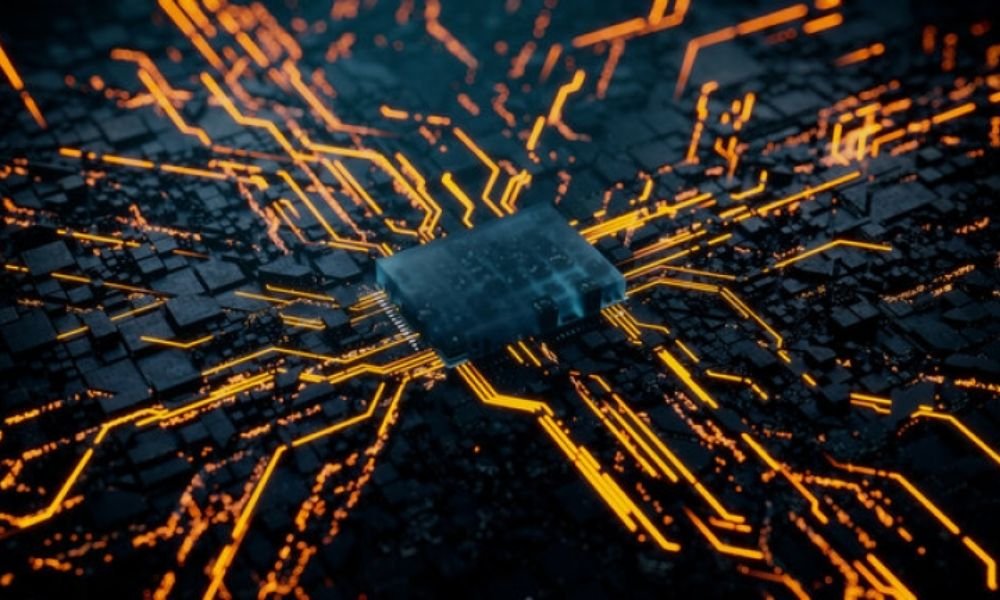
- Software issues : Outdated or corrupted graphics card drivers can sometimes cause fans to malfunction.
- Hardware issues : A faulty fan or problem with the fan speed controller could also be the cause.
Step-by-step troubleshooting
Before embarking on more complex solutions, it is important to check a few simple points:
- Verify that the computer is turned on and that the graphics card is correctly installed.
- Visually inspect the fans for debris or obstructions.
- Make sure the power supply cables are correctly connected to the graphics card and the power supply .
If the problem persists, follow the troubleshooting steps below:
1. Update graphics card drivers
Outdated or corrupted drivers can sometimes cause fan operation issues. Updating the drivers to the latest version can often resolve the issue. You can update drivers manually through the graphics card manufacturer's website or use an automatic driver update tool.
2. Check graphics card settings
Some graphics card software, such as NVIDIA Control Panel or AMD Radeon Settings , allows you to control fan speeds. Make sure fans are not set to run too low or turned off.
3. Test the graphics card in another computer
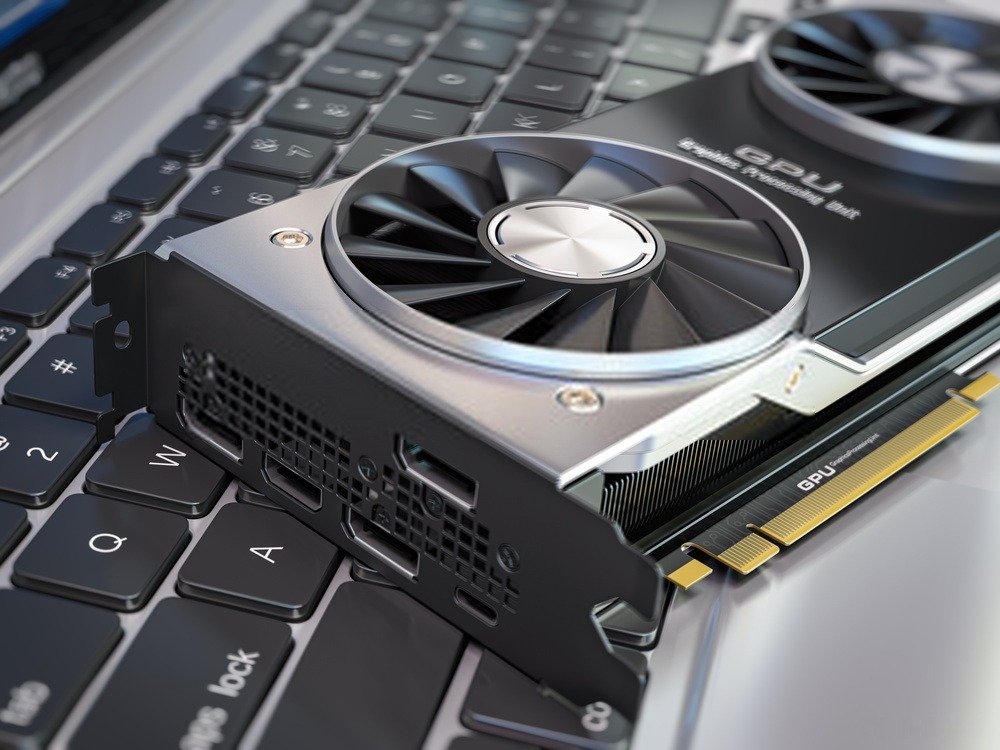
If possible, try installing the graphics card in another computer to check if the problem is with the card itself or with the original system. If the fans are working in another computer, the problem probably lies in the original system.
See also: How to know if your graphics card is dead?
4. Replace the graphics card fans
If you have determined that the fans are defective, you can replace them with new ones. Compatible replacement fans can be found from the graphics card manufacturer or third-party resellers.
5. Improve the cooling system
If your graphics card is overheating due to insufficient cooling, you may consider adding additional heatsinks or upgrading your graphics card's cooling system. This may include installing additional fans or using other cooling methods, such as liquid cooling systems.
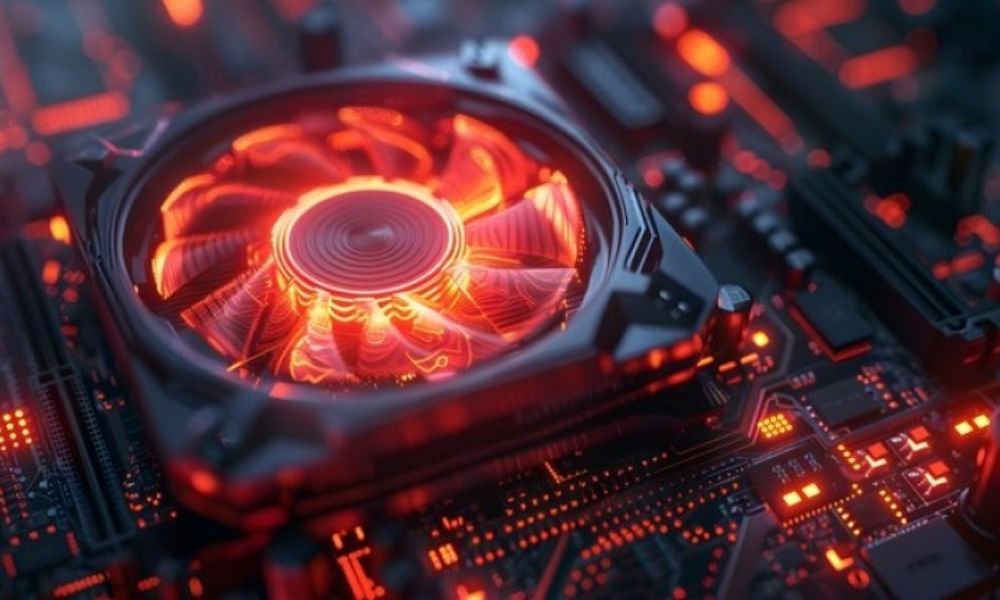
6. Consult a professional
If you have tried all of the solutions above and your graphics card fans are still not spinning, it is recommended that you consult an IT professional or contact the graphics card manufacturer's technical support.
FAQ (Frequently Asked Questions)
How can I check if my graphics card fans are working?
You can use temperature and fan speed monitoring software to check if your graphics card fans are working. These software allow you to monitor the performance of your graphics card in real time and detect any problems with the fans.
Is it possible to repair my graphics card fans myself?
In some cases, you can repair your graphics card fans yourself by checking connections, updating drivers, and replacing faulty fans. However, if you are not comfortable with hardware manipulations, it is best to call a professional to avoid further damage to your graphics card.
What are the signs of a graphics card overheating?
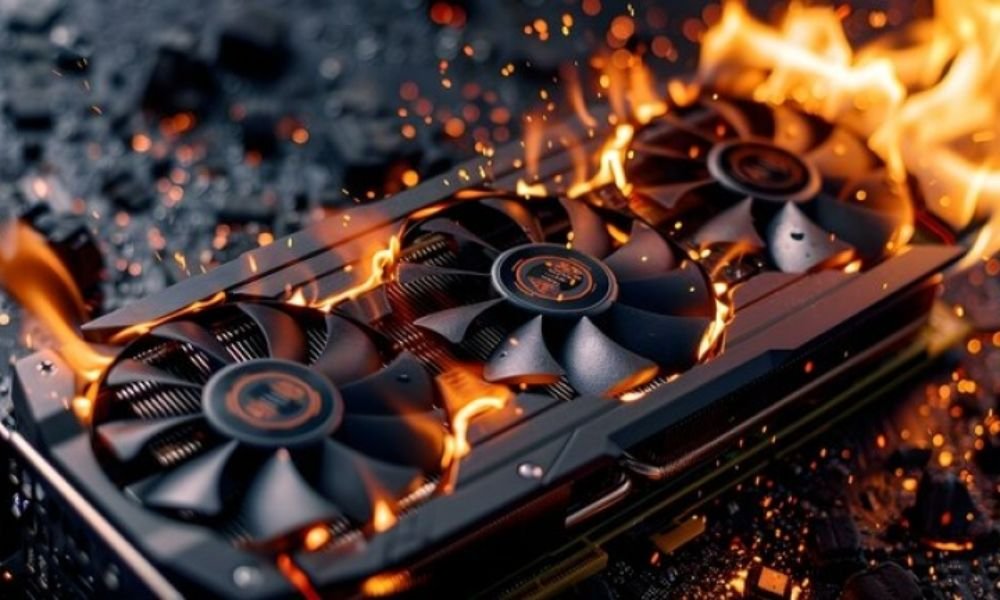
Some signs of a graphics card overheating include graphical artifacts, frequent system crashes, reduced performance, and high temperatures reported by monitoring software. If you experience these issues, it is important to check the operation of your graphics card fans.
How can I prevent my graphics card fans from constantly spinning?
To prevent your graphics card fans from constantly spinning, make sure you maintain good airflow in your computer case. Regularly clean accumulated dust from fans and heat sinks. Additionally, make sure you have sufficient power supply for your graphics card and avoid high ambient temperatures which could lead to overheating.
Conclusion
It is essential to resolve graphics card fan issues quickly to avoid overheating and performance issues. By following the steps mentioned in this article, you will be able to repair your graphics card fans and ensure optimal functioning of your system. Remember to check the condition of your fans regularly and take preventative measures to avoid future problems.


